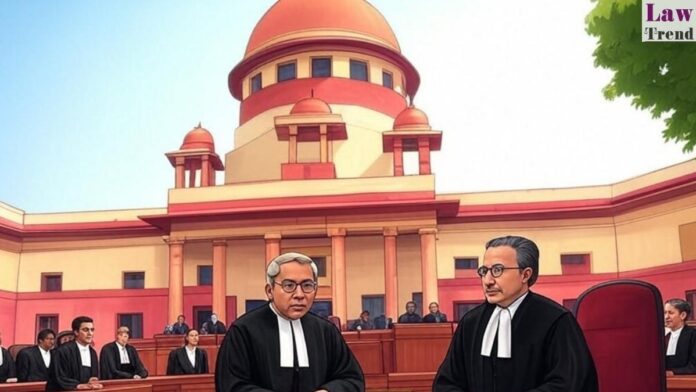The Supreme Court of India on August 11, 2025, dismissed an appeal by Gurdeep Singh, an Assistant Superintendent of Central Jail, Ludhiana, upholding his conviction and sentence for criminal conspiracy in an attack on police personnel who were escorting an undertrial prisoner. The Court, comprising Justice P. S. Narasimha and Justice R. Mahadevan, affirmed the
To Read More Please Subscribe to VIP Membership for Unlimited Access to All the Articles, Download Available Copies of Judgments/Order, Acess to Central/State Bare Acts, Advertisement Free Content, Access to More than 4000 Legal Drafts( Readymade Editable Formats of Suits, Petitions, Writs, Legal Notices, Divorce Petitions, 138 Notices, Bail Applications etc.) in Hindi and English.







